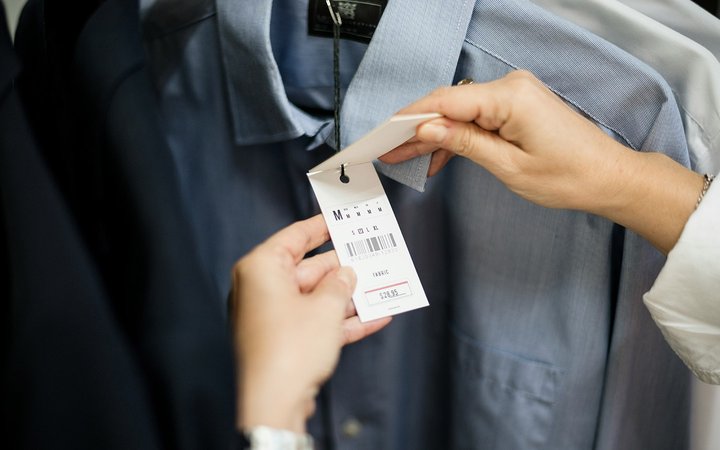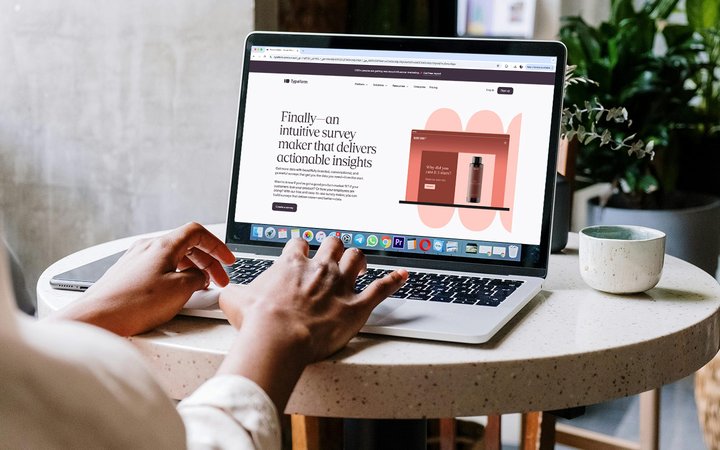The Smart Way to Price on Shopify: Split Testing Explained

Pricing can make or break your Shopify store. Set it too high, and customers might look to the competition; set it too low, and odds are you're leaving money on the table. Split testing, also known as A/B testing, offers a smart, data-driven way to find the perfect price point without the guesswork. Sure, it sounds fancy, but it's a method even small to midsize ecommerce businesses can use to boost revenue and refine their pricing strategy.
In this article, we'll cover what split testing is, why it's valuable for pricing optimization, and how to implement it step-by-step. We'll also explore some of its challenges, alternative approaches, and practical tips—all tailored to Shopify merchants like you.
What is split testing for pricing?
Split testing for pricing involves showing different prices for the same product to separate groups of customers and measuring which price performs better. You might track metrics like sales volume, revenue, or profit margins to determine the optimal price.
Imagine you sell a candle for $15 but wonder if $20 could increase profits without losing buyers. Here’s how it works:
- Group A: Sees the candle at $15.
- Group B: Sees it at $20.
After running the test for a set period (let’s say 2–3 weeks), you can begin to analyze the data. If $20 generates more profit despite fewer sales, it’s a win. If not, you adjust and test again. It’s a straightforward way to let customer behavior guide your pricing decisions.
Why split testing matters for Shopify merchants

Pricing isn’t just a number to tiptoe around—it’s a strategic lever we can take control of. Split testing helps you:
- Maximize profits without alienating customers.
- Price new products confidently.
- Adapt to changing markets or increased competition.
For small businesses, even a $5 difference can significantly impact your bottom line. With real customer data, you replace guesswork with decisions that stick.
Potential downsides of split testing
Split testing isn’t without challenges. Here are some hurdles to consider:
- Customer perception: If buyers notice price differences, they might feel unfairly treated.
- Traffic requirements: Low-traffic Shopify stores may struggle to gather enough data for reliable results.
- External factors: Seasonal sales spikes or promotions can distort your test outcomes.
- Logistical complexity: Managing multiple price points can be tricky without the right tools.
Now, these challenges don’t make split testing impossible—they just require a little planning.
Alternatives to split testing

If split testing feels out of reach right now, consider these simpler methods to optimize pricing:
- Customer surveys: Use tools like Typeform to ask customers what they’d be willing to pay.
- Competitor benchmarking: Study similar Shopify stores to gauge market rates.
- Price sensitivity analysis: Apply the Van Westendorp method to understand how customers perceive different price points (e.g., “too cheap” vs. “too expensive”).
These approaches provide valuable insights without the setup of a live test.
How to split test your pricing: A 5-step guide
Here’s a practical plan to run a pricing split test in your Shopify store.
1. Set a clear goal
Choose one metric to focus on, such as:
- Increasing total revenue.
- Boosting conversion rates.
- Improving profit margins.
For example, testing $10 versus $12 for a digital download might aim to maximize overall earnings.
2. Change only the price
Keep all other elements—product descriptions, images, shipping options—identical. This ensures that any difference in performance is due to the price alone.
3. Divide your audience
Split your customers into two even groups:
- Group A: Sees the current price.
- Group B: Sees the new price.
You can use Shopify’s customer segmentation tools or apps like Intelligems to manage this process.
4. Run the test

Let the test run for 2–4 weeks, depending on your store’s traffic. Avoid testing during major sales events that could skew the data.
5. Analyze the outcome
Review key metrics in Shopify’s analytics, such as:
- Number of sales per price point.
- Total revenue generated.
- Conversion rates.
If the new price outperforms the original, implement it storewide. If not, adjust and test another variation.
Tips for small businesses

Split testing is an enticing strategy, but it's essential to approach it carefully, especially if you're running a smaller business. Here are some practical tips to help you get the most out of your pricing experiments:
- Test a top-selling product: Start with an item that generates consistent sales.
- Wait for sufficient data: Aim for at least 100 sales per group to ensure reliable results.
- Leverage Shopify tools: Use built-in analytics or affordable apps to simplify the process.
- Document your tests: Keep track of what you test and why to identify trends over time.
How Sufio helps with pricing experiments
As you experiment with pricing, managing invoices can become complex—especially with the varying rates and taxes. Sufio is the go-to Shopify invoicing solution for over 6,800 Shopify merchants who want to automate this process so they can focus on growth.
Here’s how Sufio supports businesses like yours:
- Precision invoicing: Sufio syncs with Shopify to reflect the latest prices, taxes, and customer information.
- Global compliance: Our documents adhere to invoicing regulations in the EU, UK, US, and other key regions.
- B2B support: We're proud to be recommended by Shopify for B2B invoicing.
- Branded documents: The app gives you the freedom to customize invoices with your store’s colors and premium fonts from Monotype.
Ready to optimize your pricing without the invoicing hassle? Try Sufio for free and start generating compliant invoices with some of the smartest automation workflows on Shopify.
Professional invoices for Shopify stores
Let Sufio automatically create and send beautiful invoices for every order in your store.
Install Sufio - Automatic Invoices from the Shopify App Store